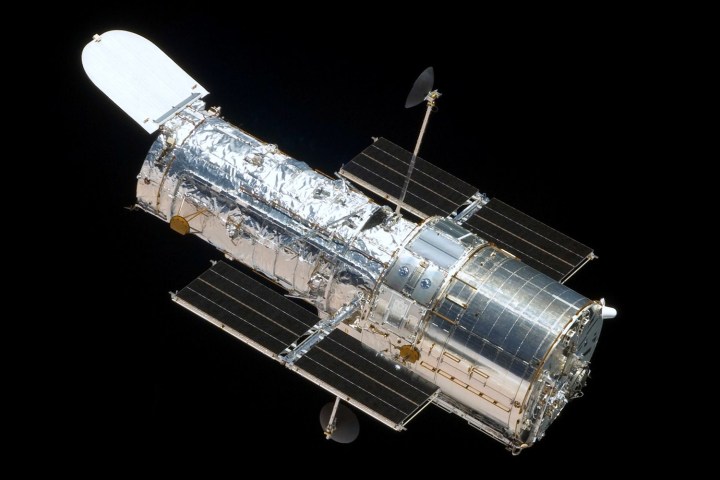
The good news? Applying an artificial intelligence neural network to this problem turns out to accelerate its solution well beyond previous methods — like 10 million times faster. That means that analysis which could take human experts weeks or even months to complete can now be carried out by neural nets in a fraction of a single second.
Developed by researchers at Stanford University and the SLAC National Accelerator Laboratory, the new neural network is able to analyze images of so-called “gravitational lensing.” This is an effect first hypothesized about by Albert Einstein, who suggested that giant masses such as stars have the effect of curving light around them. This effect is similar to a telescope in that it allows us to examine distant objects with more clarity. However, unlike a telescope, gravitational lenses distort objects into smeared rings and arcs — so making sense of them requires the calculating abilities of a computer.
To train their network, researchers on the project showed it around half a million simulated images of gravitational lenses. After this was done, the neural net was able to spot new lenses and determine their properties — down to how their mass was distributed, and how great the magnification levels of the background galaxy were.
Given that projects like the Large Synoptic Survey Telescope (LSST), a 3.2-gigapixel camera currently under construction at SLAC, is expected to increase the number of known strong gravitational lenses from a few hundred to tens of thousands, this work comes at the perfect time.
“We won’t have enough people to analyze all these data in a timely manner with the traditional methods,” said postdoctoral fellow Laurence Perreault Levasseur, a co-author on the associated Nature research paper. “Neural networks will help us identify interesting objects and analyze them quickly. This will give us more time to ask the right questions about the universe.”
Impressively, the neural network doesn’t even need a supercomputer to run on: one of the tested neural nets was designed to work on an iPhone. Studying the universe in greater detail than ever? Turns out there’s an app for that!


